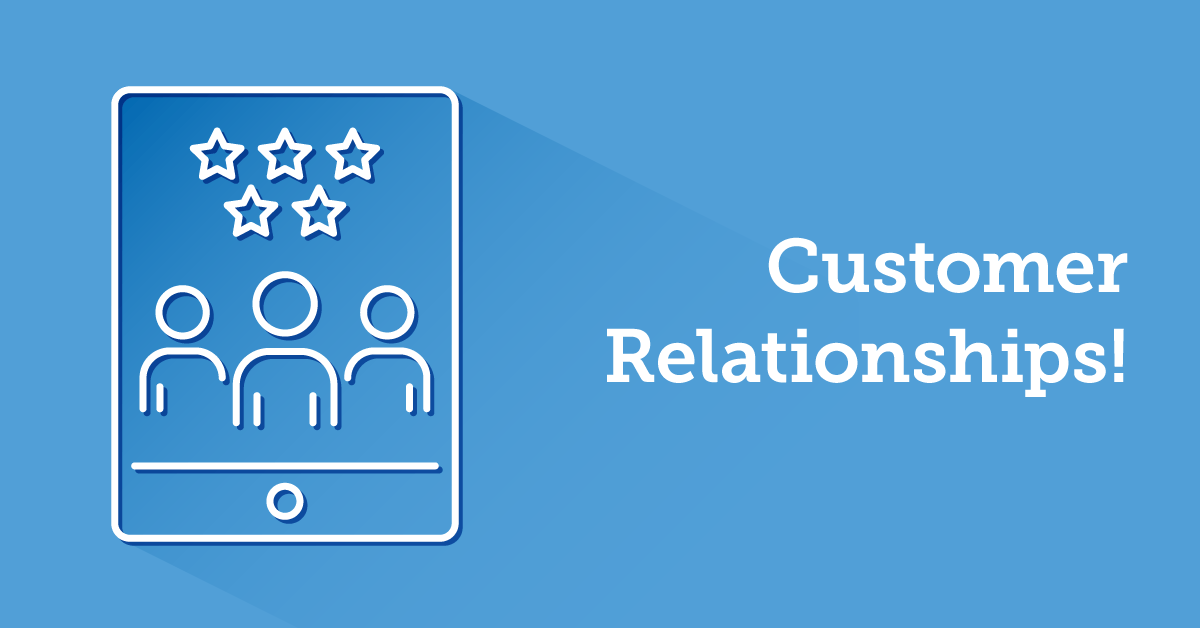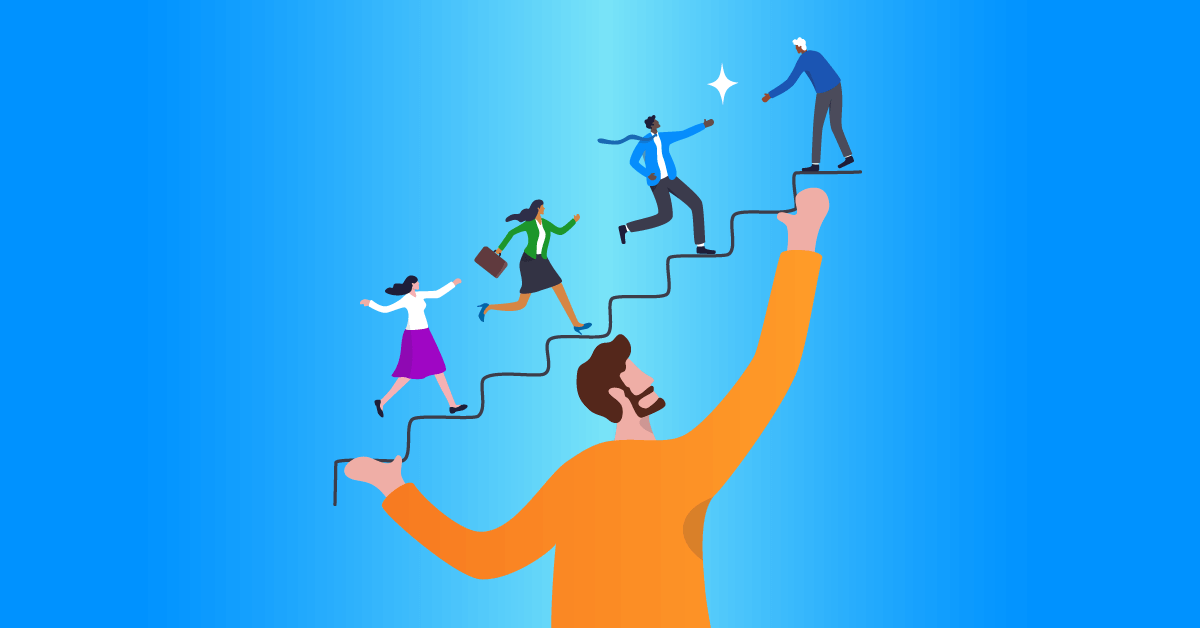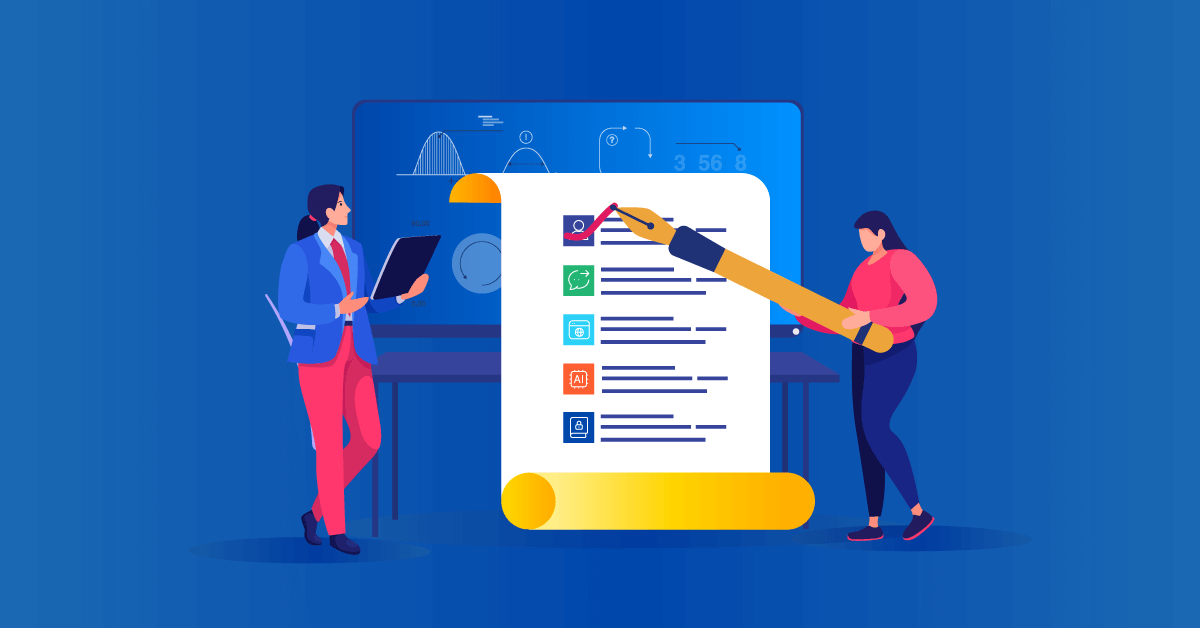When we think of who benefits from a Learning Management System, the first people who come to mind are employees. People-focused decision-makers needn’t look much further than that to be convinced to bring an LMS on board, however, we’ve all met a leader or two who require more bottom-line motivation.
If that’s the case at your organization, this article is for you. Because there is a second group that stands to benefit from your team’s use of an LMS — your customers. Here’s how.
1. Improve customer onboarding to get started on the right foot
One of the most critical points of contact you have with a customer is the first — their onboarding experience. Good onboarding experiences are one of the biggest deterrents to customer churn, which is critical as even a one percent customer churn rate can have a 12 percent impact on a company’s valuation over five years.
With an LMS, you can customize onboarding training that doesn’t just tell a customer how to use a product but shows them with hands-on product demonstrations.
You can integrate with communication tools such as video conferencing, project management, or chat to create an onboarding experience that’s a combination of customer rep support and digital training.
2. Train your customers throughout their journey
You may have the greatest product ever invented, but if your customers don’t know how to use it, they won’t like it. Worse yet, they’ll blame you.
Customer training shouldn’t stop at onboarding. As they begin to use the product, customers will encounter questions about their specific needs. They’ll also encounter advanced features that they may have a lot to gain from, but don’t know how to use.
By using an LMS, you can create a library of optional training that your customers can access on their own time. Each training can cover a different topic and meet a different learning style. Customer questions can be answered and challenges overcome at their own pace, with the option to call upon the support of a rep if needed.
3. Gamify training to reward customers (and trigger happy feelings)
After reading the above tip, you may be wondering, “But how do I get my customers to buy-in to training?” The answer is gamification.
Gamified experiences, in which elements of play such as point scoring, competition, or awards are incorporated, are becoming increasingly commonplace in LMS systems.
The reason gamification works is scientific — play releases neurochemicals such as dopamine, which makes you want to experience something again, and serotonin, which makes you feel rewarded and happy.
You can gamify your customers’ training experience, for example, by providing badges for each level of successful training they complete.
4. Use gamification to inspire your customer success team too
Great customer experiences require great customer service reps. Of course, an LMS is helpful for delivering customer service online training and keeping your team members up to speed on best practices in the industry. And you can take it up a level by using gamification to create friendly competition.
Create a leaderboard that showcases which reps have completed which training with badges awarded to top completers. You can also display customer feedback (more on that below) to the extent that it doesn’t violate privacy, and reward those reps who have the highest ratings of satisfaction.

5. Collect feedback in a centralized location
An LMS isn’t just for disseminating information, it’s also an excellent tool for collecting data. Using your LMS, you can create customer surveys and assessments.
The former allows you to get reported feedback, while the later gather insights into how your customers are learning. You can use this data to notice trends in customer satisfaction, pain points in product understanding, and other potential areas for improving the relationship.
6. Integrate with your CRM so not one customer misses an update
Product changes and updates can be one of the most challenging moments in customer relationship management. Not only do you have to roll the information out to each customer, but often those communications need to be segmented into a variety of factors too.
This process risks time and error. By the time all updates are communicated, many customers have already tried to use the product and ran into trouble.
You can mitigate these difficulties by integrating your LMS with your CRM. Create easy-to-follow, segmented training in your LMS, then use your CRM to properly send the training to each customer.
7. Get in front of disengagement
By tracking your customers’ interaction with your LMS training, you can notice patterns of decreased use that could indicate disengagement with your product. Such trends could precipitate someone canceling your service. However, when they’re caught ahead of time, you can schedule an “intervention” by reaching out to the customer to ask how you can help.
An LMS is a people tool, but it’s not just for your in-house people. Of course, you’ll need to train your customer support team and follow best practices for improving customer satisfaction – but, your customers also have a lot to gain from the training, gamification, surveys, and data provided by an LMS.
Taylor Burke is a contributor to TechnologyAdvice.com, covering marketing and sales. When she’s not in front of her screen, you can find Taylor reading, cooking, running, or hanging with her dog—but rarely all four at once.



